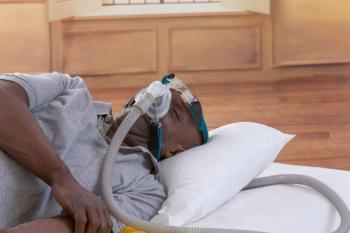
CAD Increases Cost and May Even Miss Detecting Breast Cancers, Says BCSC Study
An NCI-funded Breast Cancer Surveillance Consortium study has found that computer-aided detection and interpretation of mammograms does not add any value to breast cancer screening.
There is no arguing against the impact of technology on healthcare. However, more is not always better and validating the effect of technology on outcomes is a must, as the NCI-funded Breast Cancer Surveillance Consortium (BCSC) study found. The study, published in
Data from nearly 625,000 digital mammograms that had been read across 66 facilities by more than 270 radiologists participating in the BCSC was used in the study. Of these, 495,818 mammograms were read with CAD and 129,807 were read without. The data had been collected from 323,973 women between 2003 and 2009. The authors could identify 3159 breast cancers in the study population within 1 year of screening following linkage to tumor registries.
The primary outcome measure was mammography performance (sensitivity, specificity, and screen-detected and interval cancers per 1000 women). Logistic regression analysis did not identify a significant improvement in screening performance with CAD: sensitivity was 85.3% (95% confidence interval (CI), 0.83-0.86) with and 87.3% (95% CI, 0.84-0.89) without CAD, while specificity was 91.6% (95% CI, 0.91-0.92) with and 91.4% (95% CI, 0.90-0.92) without CAD. Cancer detection rate was the same in both groups and radiologist performance was no better with CAD.
“Even more troubling, when we studied the 107 radiologists who interpreted both with and without CAD, we found that a given radiologist tended to miss more cancers when using CAD than when he or she didn’t use the software,”
According to senior author Diana L. Miglioretti, PhD, CAD might actually be draining money from the healthcare system without returns. “We question the policy of continuing to charge—and pay—for this technology,” she
Increased payment for CAD for mammography, which was rapidly adopted following FDA approval in 1998, is estimated to cost the US healthcare system about $400 million annually.
Newsletter
Stay ahead of policy, cost, and value—subscribe to AJMC for expert insights at the intersection of clinical care and health economics.













































